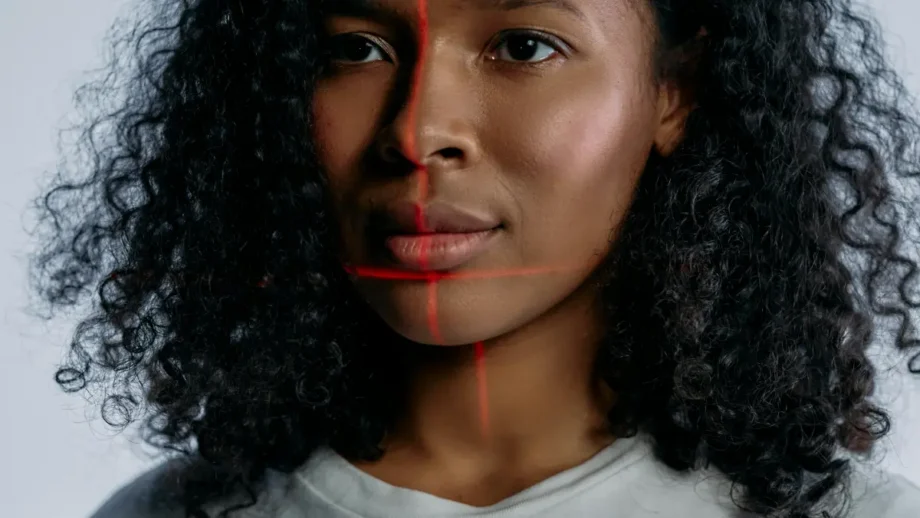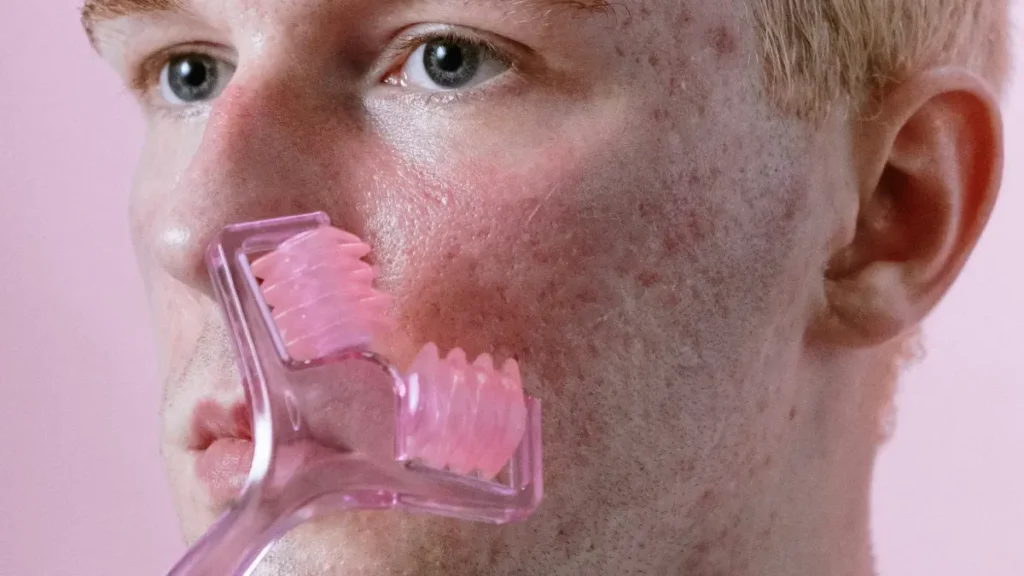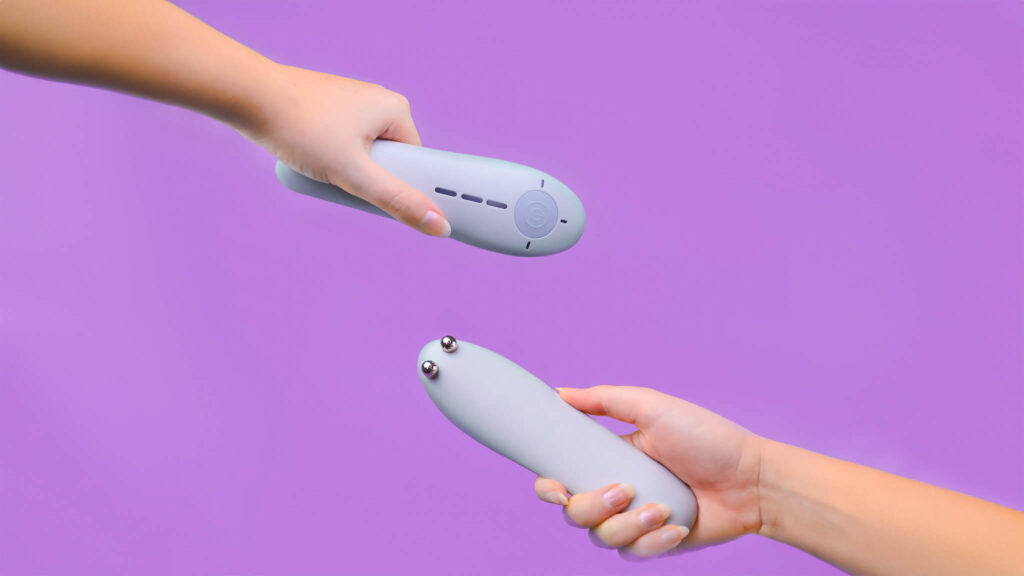In the ever-evolving world of skincare, innovative technologies promise youthful, radiant skin without invasive procedures. Two popular options, laser therapy and microcurrent treatments, offer unique benefits but work in fundamentally different ways. Understanding these differences can help you choose the best treatment for your skincare needs.
Understanding Laser Therapy
How It Works
Laser therapy involves using focused light beams to target specific skin issues. Different types of lasers, such as ablative and non-ablative lasers, are used to address various concerns:
- Ablative Lasers: These remove the outer layers of skin to treat deep wrinkles, scars, and severe sun damage.
- Non-Ablative Lasers: These stimulate collagen growth without removing skin layers, improving skin tone and texture with less downtime.
Skincare Benefits
- Reduces Wrinkles and Fine Lines: Lasers can significantly improve the appearance of aging skin by promoting collagen production.
- Treats Scars and Hyperpigmentation: Effective for reducing acne scars, sunspots, and other pigmentation issues.
- Improves Skin Texture: Can smooth and even out skin texture, resulting in a more youthful appearance.
Considerations
- Downtime: Ablative laser treatments require significant recovery time, while non-ablative treatments have minimal downtime.
- Skin Type Sensitivity: Not all lasers are suitable for every skin type, so consulting with a dermatologist is essential.
Understanding Microcurrent Therapy
How It Works
Microcurrent therapy uses low-level electrical currents to mimic the body’s natural electrical currents, stimulating facial muscles and skin cells. This non-invasive treatment boosts cellular activity and collagen production.
Skincare Benefits
- Lifts and Tones Facial Muscles: Known as a “natural facelift,” microcurrent therapy can improve muscle tone and tighten skin.
- Enhances Product Penetration: Helps skincare products absorb more effectively, maximizing their benefits.
- Reduces Fine Lines and Wrinkles: By increasing ATP production, microcurrent therapy promotes collagen and elastin synthesis, reducing the appearance of fine lines.
Considerations
- Cumulative Effects: Regular sessions are needed for the best results, as effects are cumulative.
- Safe for Most Skin Types: Generally safe and suitable for all skin types, with no downtime required.
Key Differences
1. Mechanism of Action
- Laser Therapy: Uses light energy to resurface the skin and address deep-seated skin issues.
- Microcurrent Therapy: Utilizes electrical currents to stimulate and rejuvenate facial muscles and skin cells.
2. Treatment Goals
- Laser Therapy: Best for treating specific skin concerns such as scars, pigmentation, and deep wrinkles.
- Microcurrent Therapy: Ideal for lifting, toning, and overall rejuvenation without significant downtime.
3. Downtime and Recovery
- Laser Therapy: May require recovery time, especially with ablative lasers.
- Microcurrent Therapy: No downtime, allowing for a quick return to daily activities.
Choosing the Right Treatment
Choosing between laser therapy and microcurrent treatments depends on your specific skin concerns and goals. Laser therapy might be the best option if you want to address significant skin damage or scarring. However, if you’re looking for a non-invasive way to lift and tone your skin with no downtime, microcurrent therapy could be ideal.
Both laser therapy and microcurrent treatments offer significant skincare benefits, but they cater to different needs and preferences. Consulting with a skincare professional can help determine which treatment aligns best with your skin type and goals. Whether you opt for the transformative power of lasers or the gentle rejuvenation of microcurrent, both paths lead to healthier, more radiant skin.
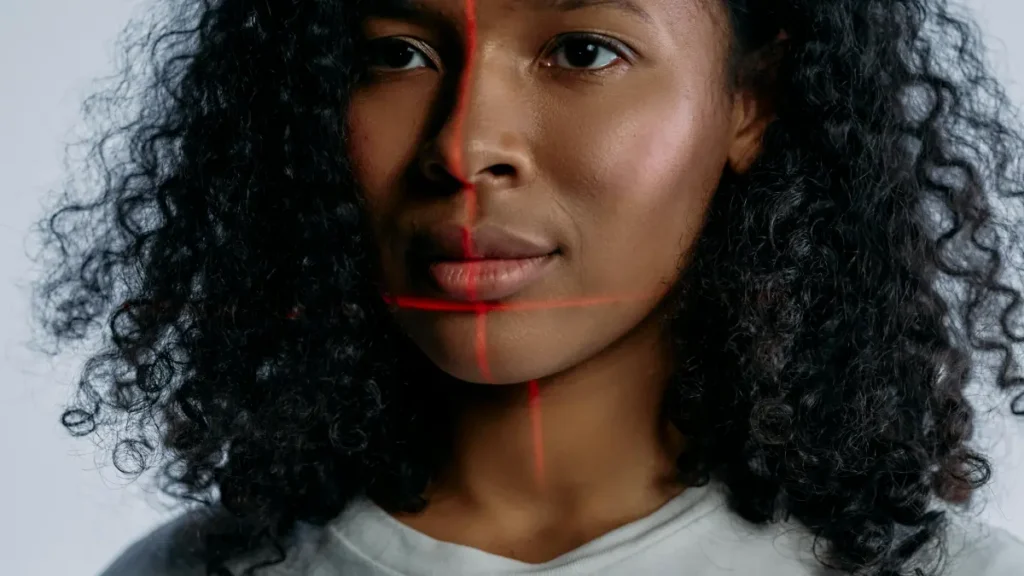
This article is brought to you by
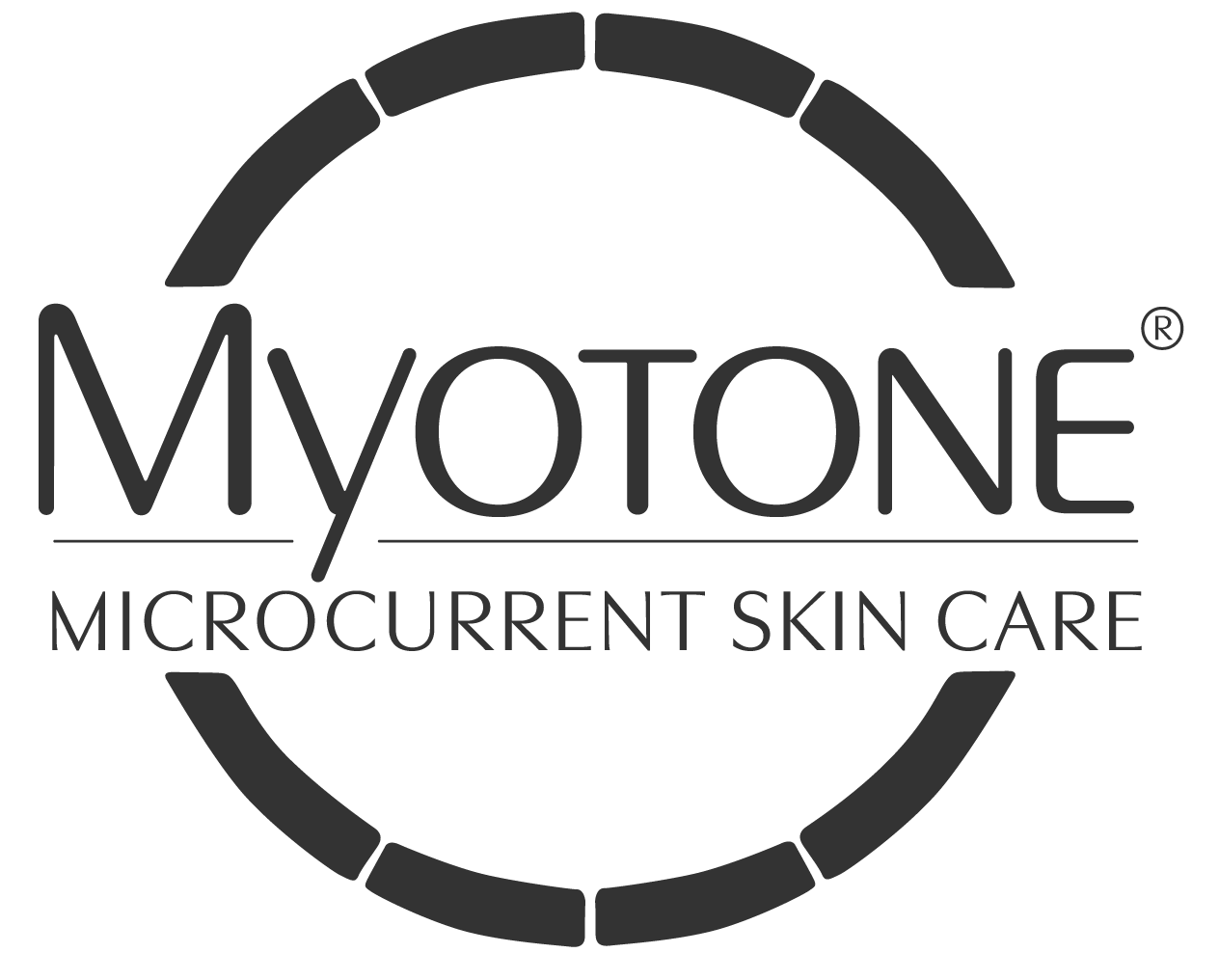
Learn More ⭢
